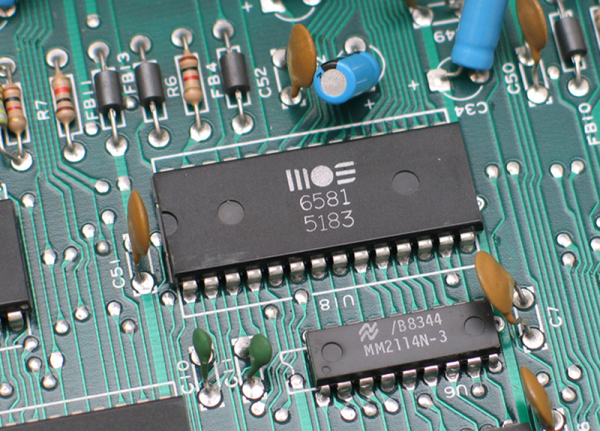If you are a certain age, MOS6581 either means nothing to you, or it is a track from Carbon Based Lifeforms. However, if you were a Commodore computer fan 35 years ago, it was a MOS Technologies SID (Sound Interface Device). Think of it as a sound “card” for the computers of the day. Some would say that the chip — the power behind the Commodore 64’s sound system — was the sound card of its day. Compared to its contemporaries it had more in common with high-end electronic keyboards.
The Conversation has a great write up about how the chip was different, how it came to be, the bug in the silicon that allowed it to generate an extra voice, and how it spawned the chiptune genre of music. The post might not be as technical as we’d do here at Hackaday, but it does have oscilloscope videos (see below) and a good discussion of what it took to create music on the device.
Continue reading “The 35 Year Music Synthesizer That Spawned Chiptune”












